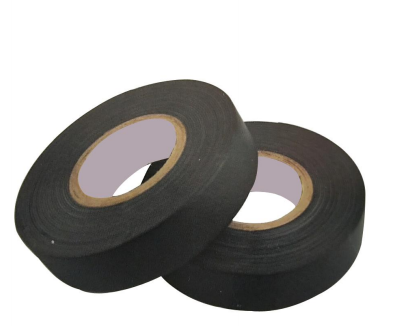High-Speed Splicing Tape Revolutionizing the Industry
In today's fast-paced manufacturing environment, time efficiency and precision are paramount. This is particularly true in sectors such as textiles, paper, and plastics, where the seamless joining of materials is essential for maintaining production flow. Enter high-speed splicing tape, a game-changer that is revolutionizing the way businesses approach material splicing and joining tasks.
High-speed splicing tape is designed specifically for quick, reliable, and efficient splicing. Unlike traditional splicing methods that may require lengthy setups, specialized equipment, or prolonged drying times, high-speed splicing tape allows for instantaneous adhesion. This can significantly reduce downtime on production lines, enabling companies to boost their output and enhance their overall productivity.
High-Speed Splicing Tape Revolutionizing the Industry
Versatility is another key advantage of high-speed splicing tape. It can be used on various substrates, including paper, film, foil, and different types of textiles. This adaptability makes it an ideal choice for manufacturers who work with multiple materials in their production processes. The ability to utilize a single product across diverse applications simplifies inventory management and reduces the complexity associated with using different types of adhesives for different materials.
high speed splicing tape

In addition to its performance characteristics, high-speed splicing tape is also designed with environmental considerations in mind. Many formulations are made with eco-friendly adhesives and backing, ensuring that businesses can maintain their sustainable practices without sacrificing performance. This is an important factor for companies looking to reduce their environmental impact while still achieving operational efficiency.
Furthermore, the ease of application makes high-speed splicing tape a favorite among operators. The tape typically comes in rolls that can be quickly applied using manual or automated cutting tools, eliminating the need for complex machinery that can slow down operations. Workers can quickly and easily splice materials together, allowing for a streamlined workflow that maximizes efficiency.
The industry applications for high-speed splicing tape are vast and varied. In the textiles industry, for example, it is used for efficiently joining fabric rolls during production runs, ensuring minimal waste and maximum throughput. In the paper industry, it allows for continuous operation of large machines by providing a quick, reliable method for reconnecting rolls of paper. In packaging and labeling, high-speed splicing tape provides the strong bonds necessary for ensuring that products remain securely sealed.
In conclusion, high-speed splicing tape represents a significant advancement in the realm of material joining and splicing. By offering rapid application, strong adhesive properties, and versatility across multiple materials, it addresses the critical needs of industries striving for efficiency and productivity. As manufacturers look for ways to optimize their processes, high-speed splicing tape stands out as a vital tool in modernizing production capabilities, paving the way for a more efficient and sustainable future. Adopting this innovative solution can lead to enhanced performance, cost savings, and ultimately, a competitive edge in an ever-evolving market.
-
XIANGFAN Rubber Tape-Ultimate Solutions for All Your Insulation NeedsNewsJun.24,2025
-
XIANGFAN Rubber Tape-Protection for Industrial and Residential ApplicationsNewsJun.24,2025
-
XIANGFAN Rubber Tape: Superior Safety and Sealing for Demanding EnvironmentsNewsJun.24,2025
-
XIANGFAN Rubber Tape: Reliable Solutions for Every Electrical ChallengeNewsJun.24,2025
-
XIANGFAN Electrical & Industrial Tape: Powering Reliability Across IndustriesNewsJun.24,2025
-
XIANGFAN Electrical & Industrial Tape: Excellence in Every ApplicationNewsJun.24,2025
